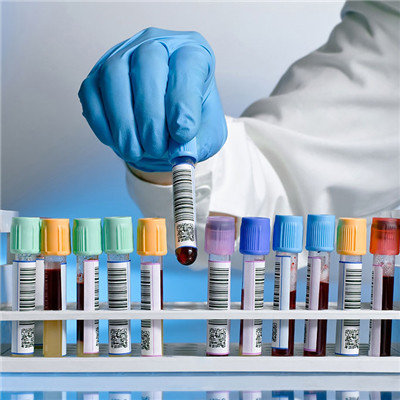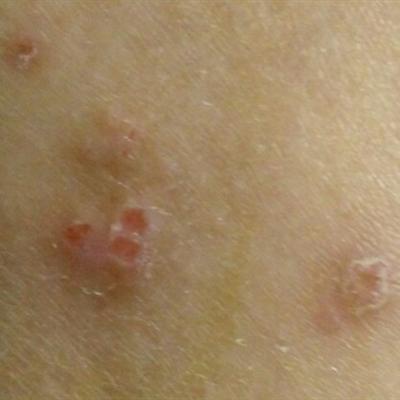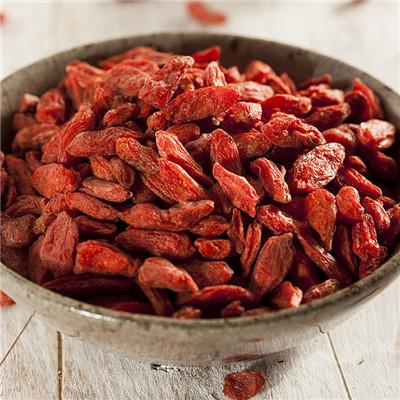What are the symptoms of tetanus?
summary
Tetanus is a kind of surgical infectious disease, the cause of which is the infection of tetanus bacilli after passing through the wound and entering the body. Because tetanus is an anaerobic bacteria, it is most likely to cause tetanus if deep wounds are contaminated by soil, livestock manure and other substances that are prone to tetanus bacteria, because the deeper the wound is, the less oxygen there is. Once tetanus occurs, the mortality of patients is very high, up to 30% - 50%, so do not take it lightly. What are the symptoms of tetanus? Let's talk about it
What are the symptoms of tetanus?
At the beginning of the disease, patients will feel the neck and shoulder muscles are tense, especially the hands and feet close to the wound will also have abnormal feelings. With the development of the disease, the patient's muscles gradually become stiff, unable to open his mouth, speak, bite, and even walk hard.

Clinically, it can evolve into continuous ankylosis of skeletal muscle and paroxysmal spasm. If the condition worsens, the interval between attacks becomes shorter and shorter, and eventually it develops into one attack every five minutes. Severe patients will have laryngeal spasm, asphyxia, pulmonary infection and respiratory failure.

The course of disease is generally 3-4 weeks. If active treatment and no special complications occur, the degree of attack can be gradually reduced, and the average remission period is about 1 week. But muscular tension and hyperreflexia can continue for a period of time; Recovery period can also appear some mental symptoms, such as hallucinations, speech, behavior disorders, but more can recover on their own.

matters needing attention
After admission, patients should live in isolation ward to avoid light, sound and other stimulation; Avoid harassing patients and reduce spasms. Sedative and antispasmodic drugs can be used alternatively according to the situation to reduce the spasm and pain of patients. The drugs available are: diazepam (which can block the conduction between neurons and relax muscles), intramuscular injection or intravenous drip, and similar drugs include lorazepam and midazolam; Chlorpromazine (can inhibit the central nervous system, reduce muscle spasm), intramuscular or intravenous drip, alternating with diazepam, but should not be used in low blood volume; Phenobarbital (sedation) was injected intramuscularly every 8-12 hours; 10% chloral hydrate (suitable for severe spasm) oral or retention enema. If the spasm attack is frequent and difficult to control, it can be injected slowly with thiopental sodium, but the occurrence of laryngospasm and respiratory depression should be noted. It is safe to use it in patients who have tracheotomy. But neonatal tetanus should use sedative and antispasmodic drugs with caution, and lobilin and Coramine can be used as appropriate.














